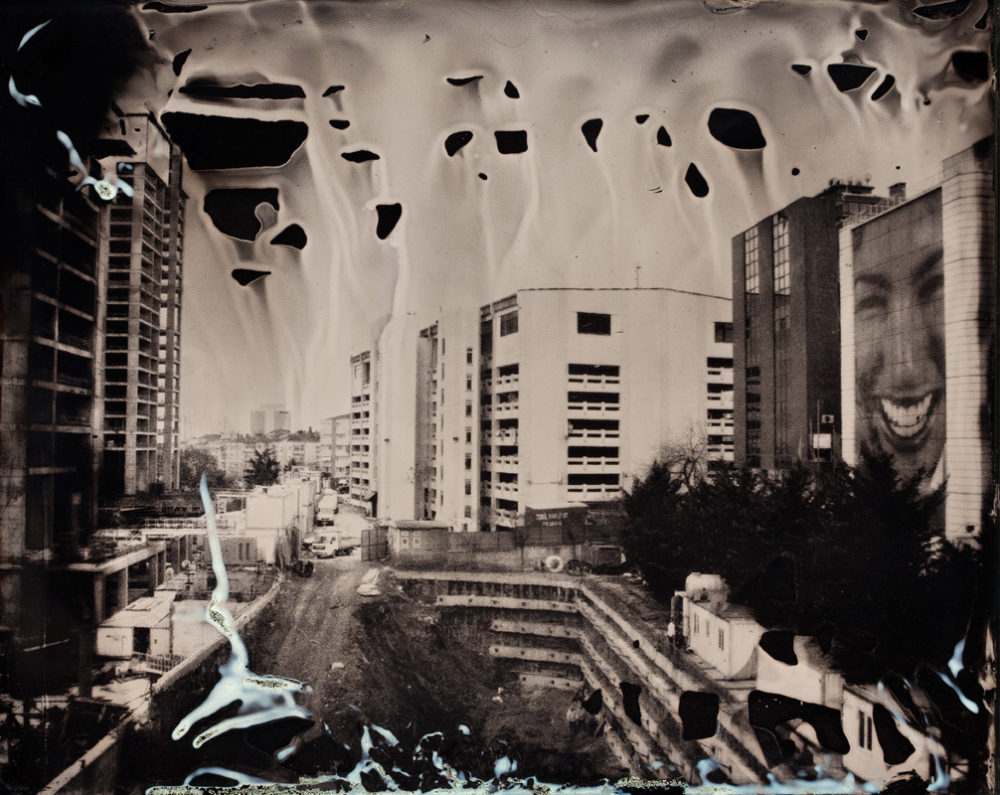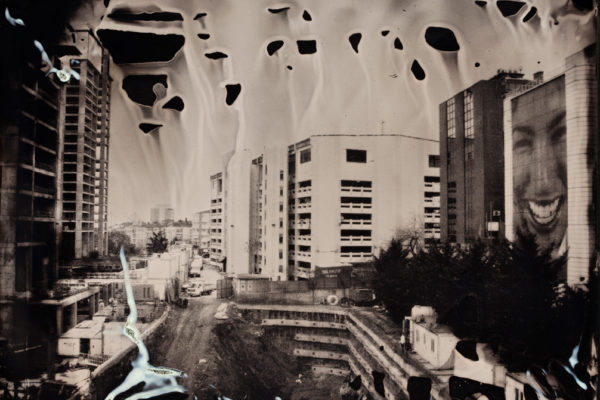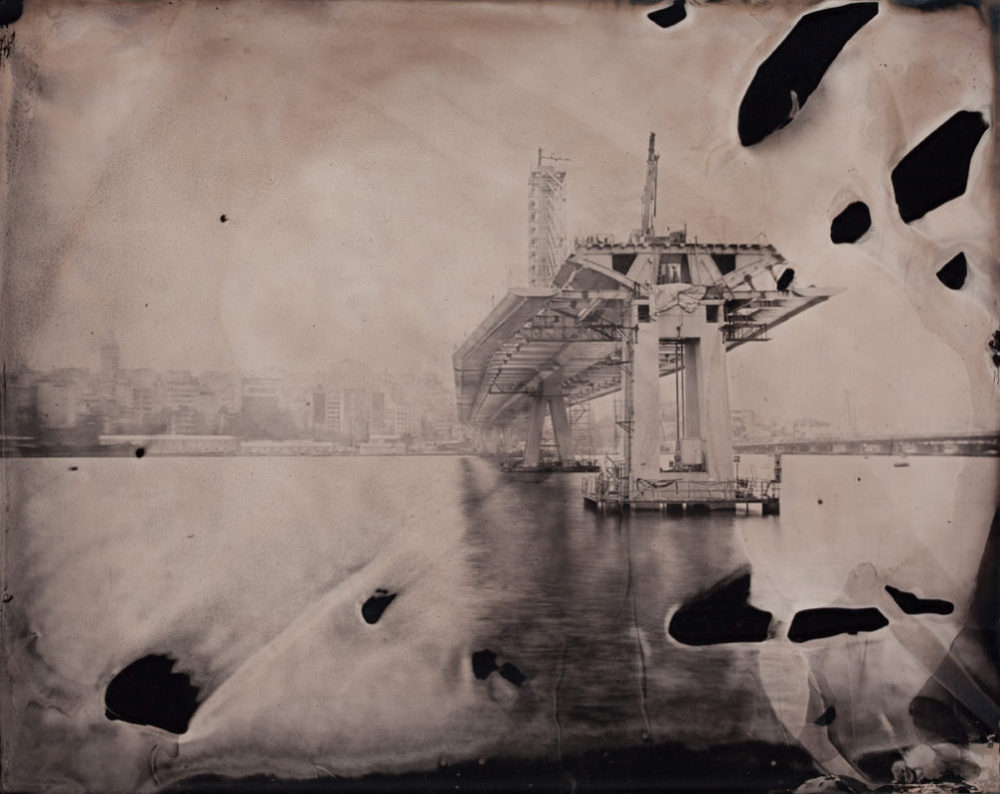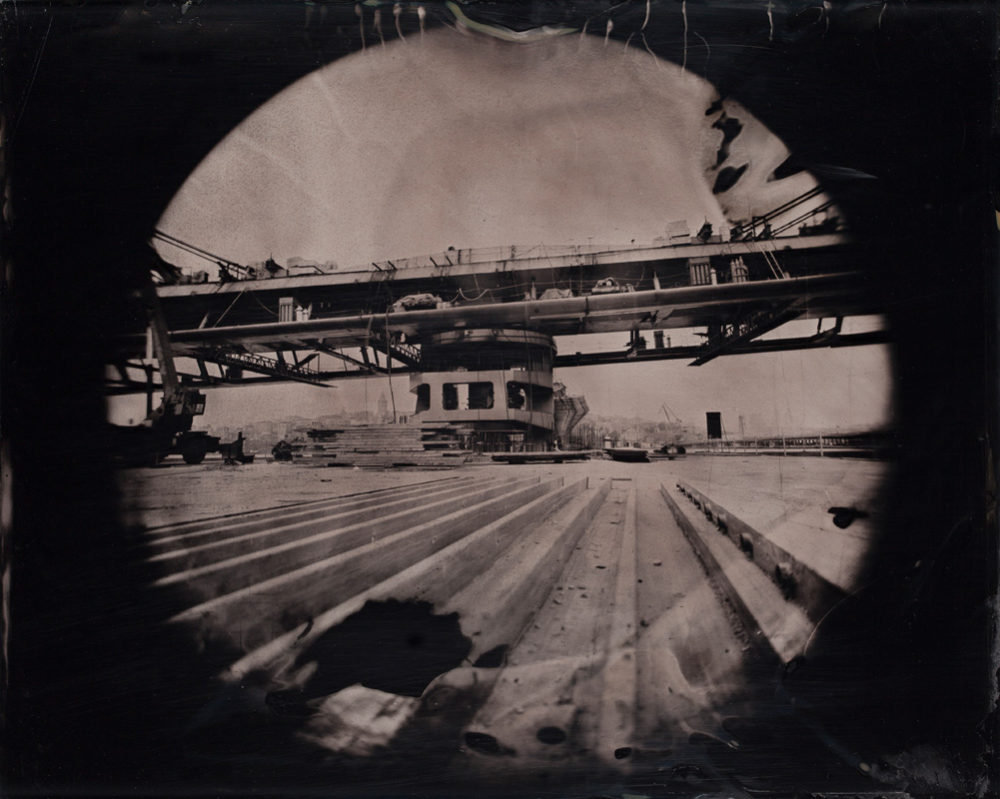Yusuf Murat Sen (TR) | Solo Exhibition
Curation: Theodore Markoglou

Gallery
Yusuf Murat Sen (TR)
Yusuf Murat Şen was born in Şırnak in 1968. He attended Marmara University (BA), and Mimar Sinan Fine Arts University (MA, PhD) where, alongside his teaching duties from 1991 onwards, he served as the head of the photography department between 2007-2013. Şen also serves as the director of FUAM (Photography Research and Application Center), of which he is a co-founding member, as well as the director of the Istanbul Photobook Festival.
Şen has been exploring the antique methods of photography, its contemporary connotations and photography archiving for many years. His work, which carries the qualities of documentary photography, mainly focuses on the interwoven cultural and sociological tensions in Turkey, the monopolised political system, and urbanization, and has been exhibited in solo and group shows in Turkey and abroad (Austria, Sweden, Greece and Bosnia-Herzegovina).
He currently lives and works in Istanbul, organizing photobook workshops, exhibitions, seminars, artist talks and consulting projects, as well as participating in judging panels.
Information
- Duration: 27/09 – 25/10/2018
- Opening hours: Tuesday-Friday 11:00-14:00 & 17:00- 20:00, Saturday 11:00-14:00
- Opening: 27/09/2018, 19:00
- Venue: Kalos & Klio showroom
Wet present – Wet city
The wet-plate collodion photographic process is believed to have been invented almost simultaneously, in 1851, by Frederick Scott Archer and Gustave Le Gray, who had both experimented with collodion as a binder for creating negatives on glass plates. This new process, which at the time accelerated the plate production procedure and reduced exposure time compared to older methods, would largely replace daguerreotype in the ensuing years.
Recently, the collodium technique has been revived in the photographic art world. But why would one choose the slow manual procedure of printing on glass plates in our age of digital and intangible photographs? This question will be answered below, by examining the work of Turkish photographer Yusuf Murat Şen through his series of photographs entitled “Wet City”, exhibited in the Thessaloniki Photobiennale 2018.
The artist photographs Istanbul as a city in progress, an enormous construction site in building growth, presenting the image of a city in which the past has vanished before a permanent present and future. Black and white images on plates with apparent processing marks (the path of the fluids is visible on many spots), perhaps in an attempt to make them resemble material culture objects - carriers of memory, found during an excavation or in an old archive; such is the final outcome of the majority of his works. At the same time, through the antithesis between image and material (quick construction development/slow photographic procedure), there is projected a gloomy, depressive reality, but also a city that has already started to sink.
Lastly, this very choice of an historical procedure may come across as odd, but it surely comes as a reaction to an ever so visible work of art that has neither materiality nor any tangible features, a reaction that draws on characteristics and practices of the past in order to cope with an ever changing and unfathomable everyday life.
Theodore Markoglou






